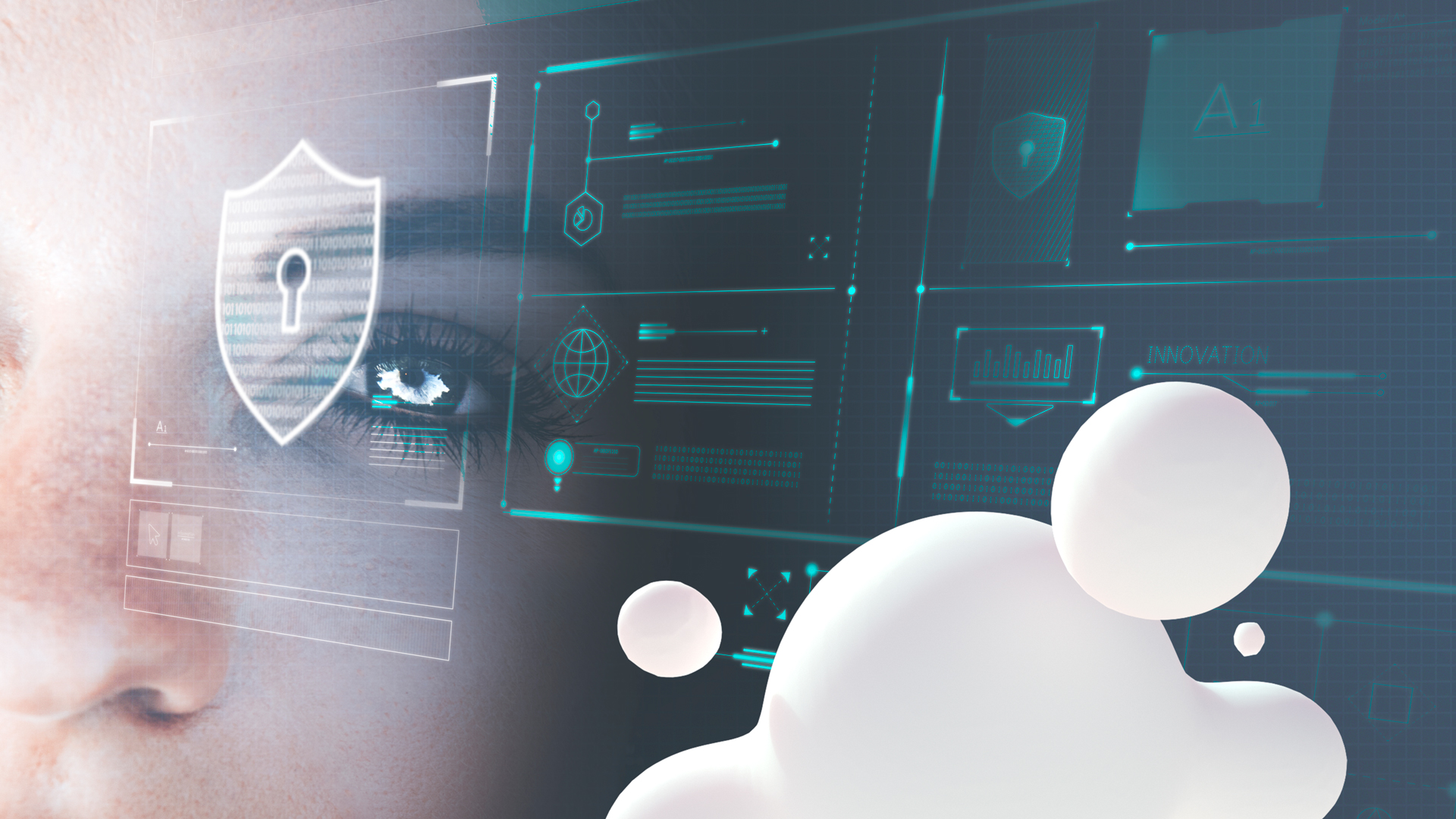Cybersecurity is now a key element of business competitiveness. According to data from Bitdefender 2020 threat report, ransomware attacks on companies recorded a year-on-year increase of 715%. It is therefore essential to have tools and a defined strategy for data protection.
Unfortunately, there are a number of cyber security myths. Specifically, about which types of methods are most effective. We explain the five cybersecurity myths and the real facts that debunk them so that organisations can protect their most important asset: information.
Myth 1: One strong password is enough to keep you safe
Of course, having a complicated password is always important when creating new accounts, but it should not stop there.
- Changing your password every 120 days reduces the chance of being hacked and exposed to cyber criminals.
- Using strong and unique passwords for each account you have makes it more difficult for a hacker to use the same username and password on your other accounts.
- Use a password manager to keep track of all passwords if they are too unique or difficult to remember or if they are changed regularly.
Myth 2: Most cyberthreats only come from outside the organisation
External attacks are likely to be the most talked about. In reality, internal security breaches are also common if adequate employee training is not applied.
- Protect the location and/or physical access of servers to reduce the risk of theft or tampering.
- Train employees on the essential security measures to take when accessing and managing sensitive information or documents online.
- Control access to internal data among all staff members by providing specific authentication depending on each person’s role.
Myth 3: If there is a password on a Wi-Fi network, it is secure
While it is more difficult to hack a Wi-Fi connection with a password, there are still vulnerabilities to be aware of and ways to protect yourself.
- Anyone using a public Wi-Fi connection can be subject to a man-in-the-middle attack between their computer and the router, introduce malware into the device, or create fake access points that look like real networks to connect to.
- Only visit websites with HTTPS at the beginning of the URL, as this encrypts the data and makes the site more secure.
- Install a VPN (virtual private network) that will route Internet traffic to a company-owned server, preventing intruders from viewing the information.
Myth 4: Cybersecurity requires significant financial investment
Of course, hiring an entire in-house IT team to manage cyber security is expensive and not always feasible.
- Consider external consultancy from experienced manufacturers and technology companies for the creation of an effective security plan depending on your needs.
- Create a disaster recovery plan with a technology partner to document all steps in the event of a cyber security attack.
Myth 5: Cybersecurity can be achieved by isolated action alone
Staying on top of cyber security is an ongoing effort. You may have all the right tools and strategies in place, but the landscape is always evolving.
- Make a company-wide effort to handle all data carefully and appropriately and provide up-to-date training to maintain continuity.
In conclusion, we can say that cybersecurity is a priority. And it will increase in importance as more businesses transact online and share information digitally. Keeping up to date with the best approaches to enterprise security will help build a more effective cybersecurity plan, as well as a disaster recovery plan in the event of an attack. We hope you found these five cybersecurity myths useful.
Source: TyN Magazine





